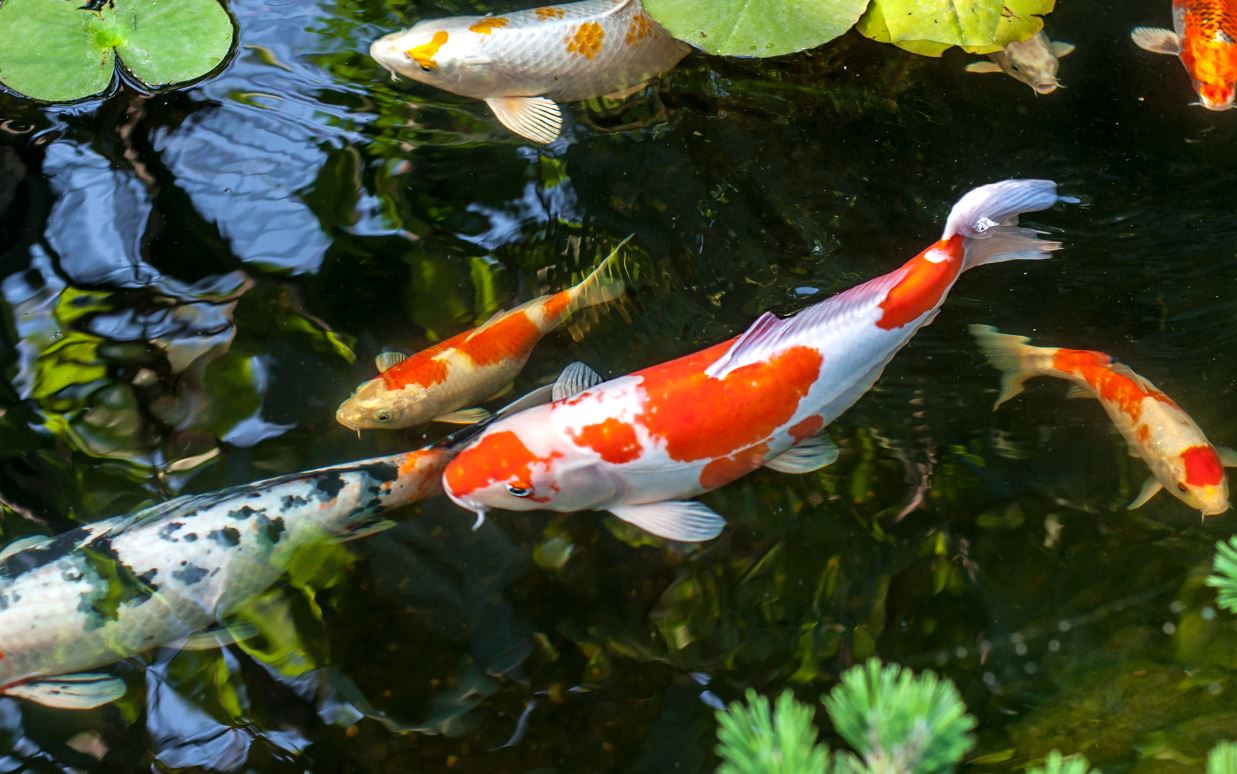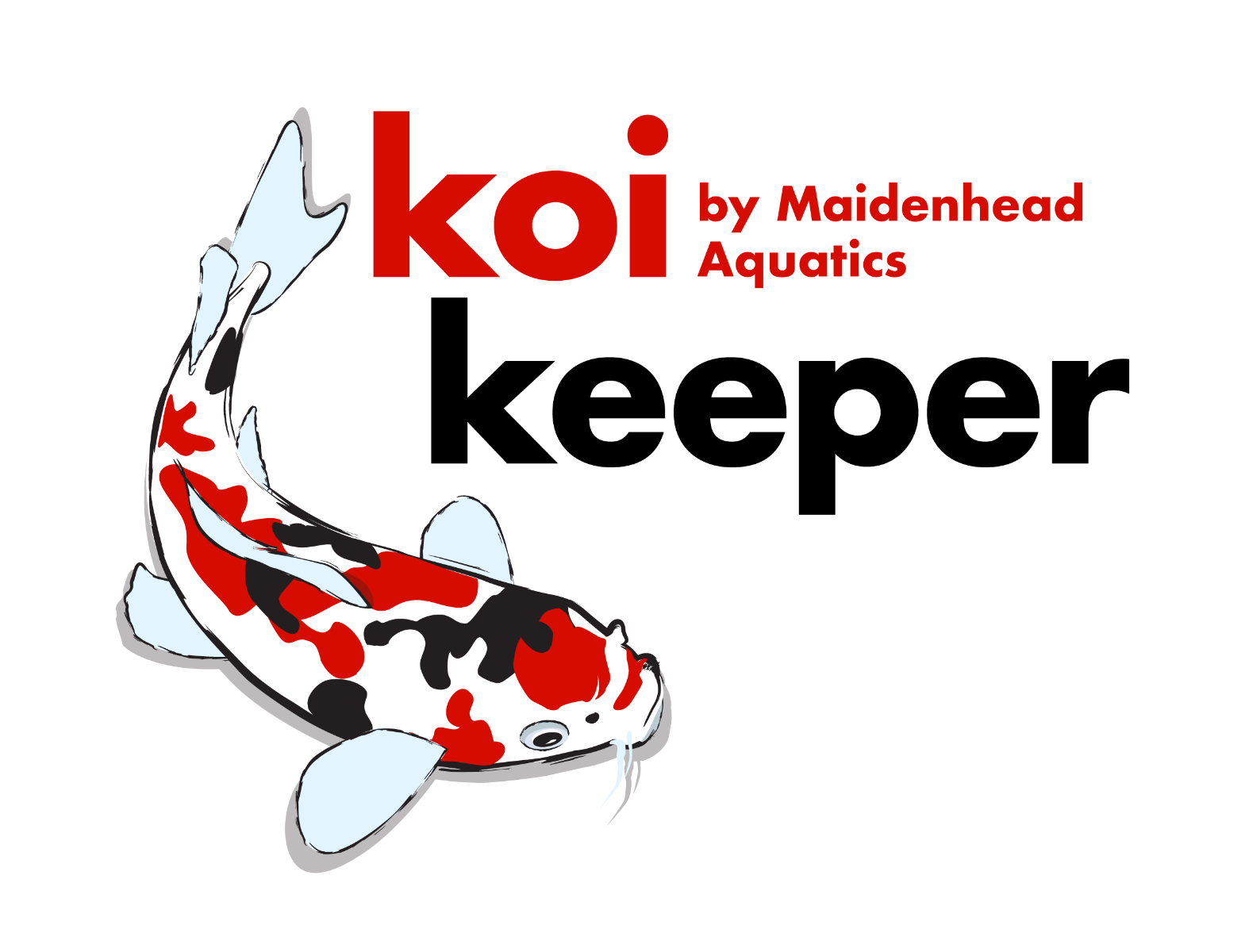Koi Story
Everybody knows about koi, they’re the expensive pond fish that are worth thousands of pounds. Only this is wrong most of the time.
The truth is a little more complex in that only the highest quality of carefully graded fish match this description. In the same way that not all dogs in the park are show dogs and very few white ducks are actually Aylesburys, most koi that you’ll encounter are happy pet grade fish with colours and patterns you either like or don’t. These pet grade fish may vary in colour quality, with prices to match, but all share the carp personality that makes them such excellent pond pets.
The reason for this shift is fairly clear. As soon as cheap low-grade koi were imported from producers such as Singapore, even moderately priced fish from other sources looked expensive. What followed was a race to the bottom, where high-grade Japanese fish were effectively priced out of the market and paradoxically, people got accustomed to paying cheap prices for fish that had a reputation for being expensive!
This situation wasn’t to remain, as a viral disease that was causing problems in food fish was to change the face of the pond fish trade forever. The 90s brought KHV, an untreatable disease with a principal symptom of 90% mortality - this was later to be described as Cyprinid Herpesvirus 3 (CyHV-3) and would become a notifiable disease like Foot and Mouth. Alongside Spring Viraemia of Carp (SVC), this is the reason why we took our decision years ago to close our doors to any koi without biosecurity certification.
In the background of this, the original high-grade Japanese fish were still being imported for those who appreciated them and these are the fishes that look like the photos in the books. A visit to our specialist branches that stock them leaves you in no doubt as to the quality of these specimens.
For me a visit to Wenvoe typically leads to a few days of staring at the garden to see if I could squeeze a big koi pond somewhere and if you want to see why these fish deserve such a cult following, I’d suggest paying them a visit.
The Japanese nishikigoi fanciers say that koi keeping begins and ends with kohaku, the red and white beauties that catch the eye in most ponds. Looking at this sansai (three year old) fish from the breeder Momotaro sold recently you can see exactly what they mean.
If you are interested in finding out more about koi and browsing some of our current fish in our specialist stores, please check out our koikeeper.co.uk website.




